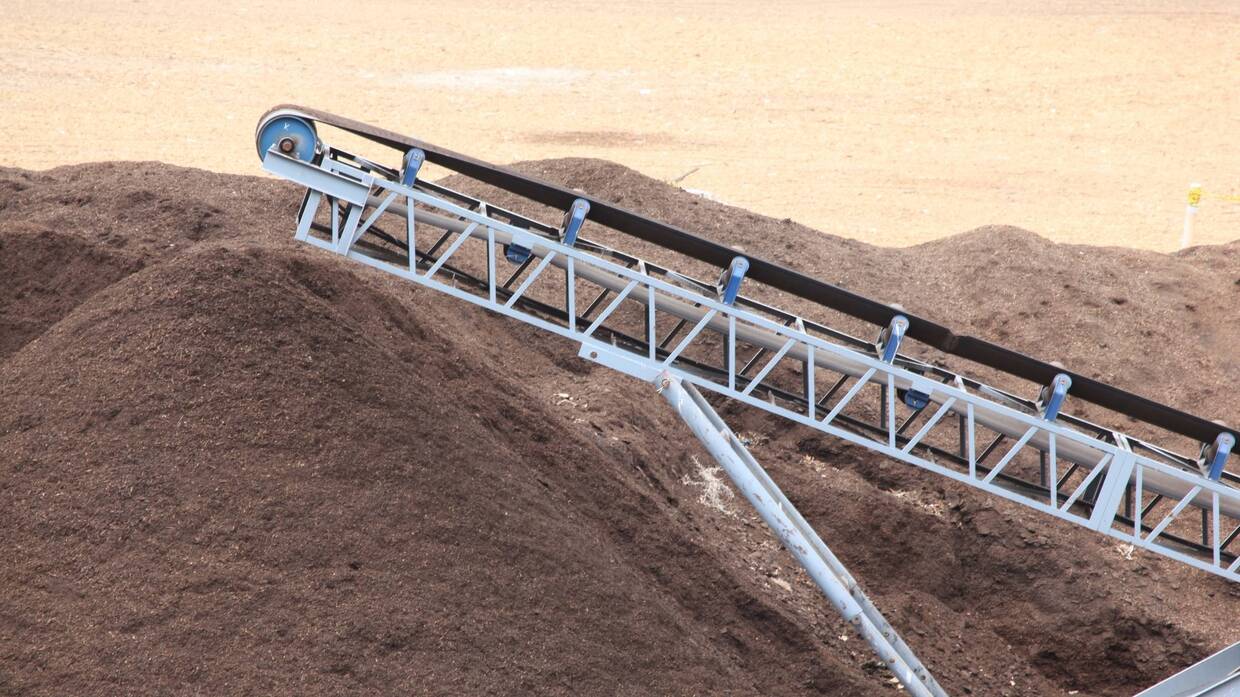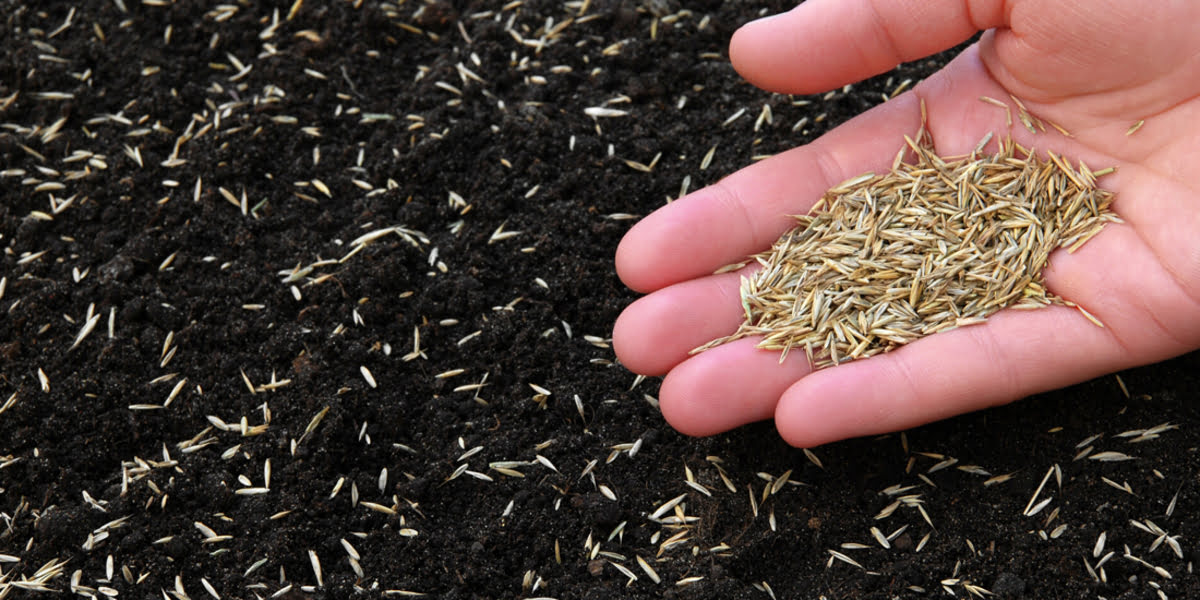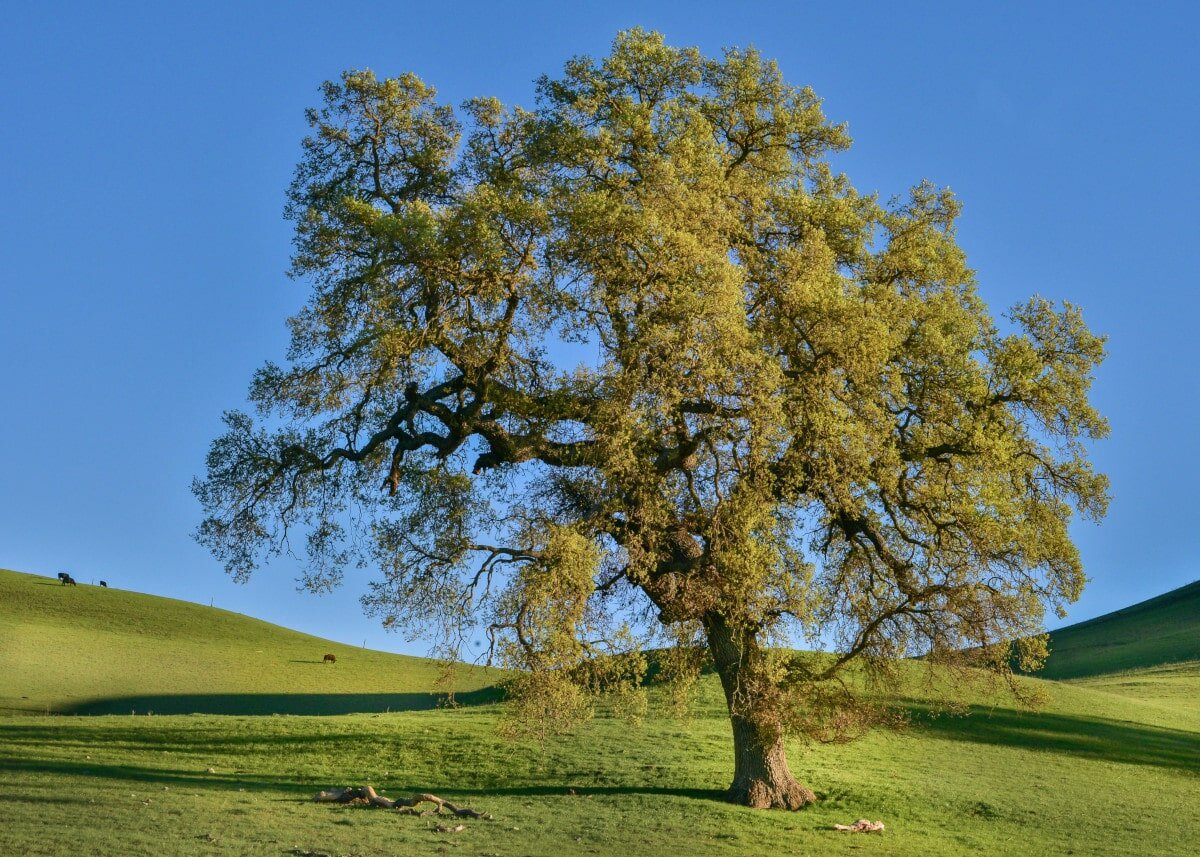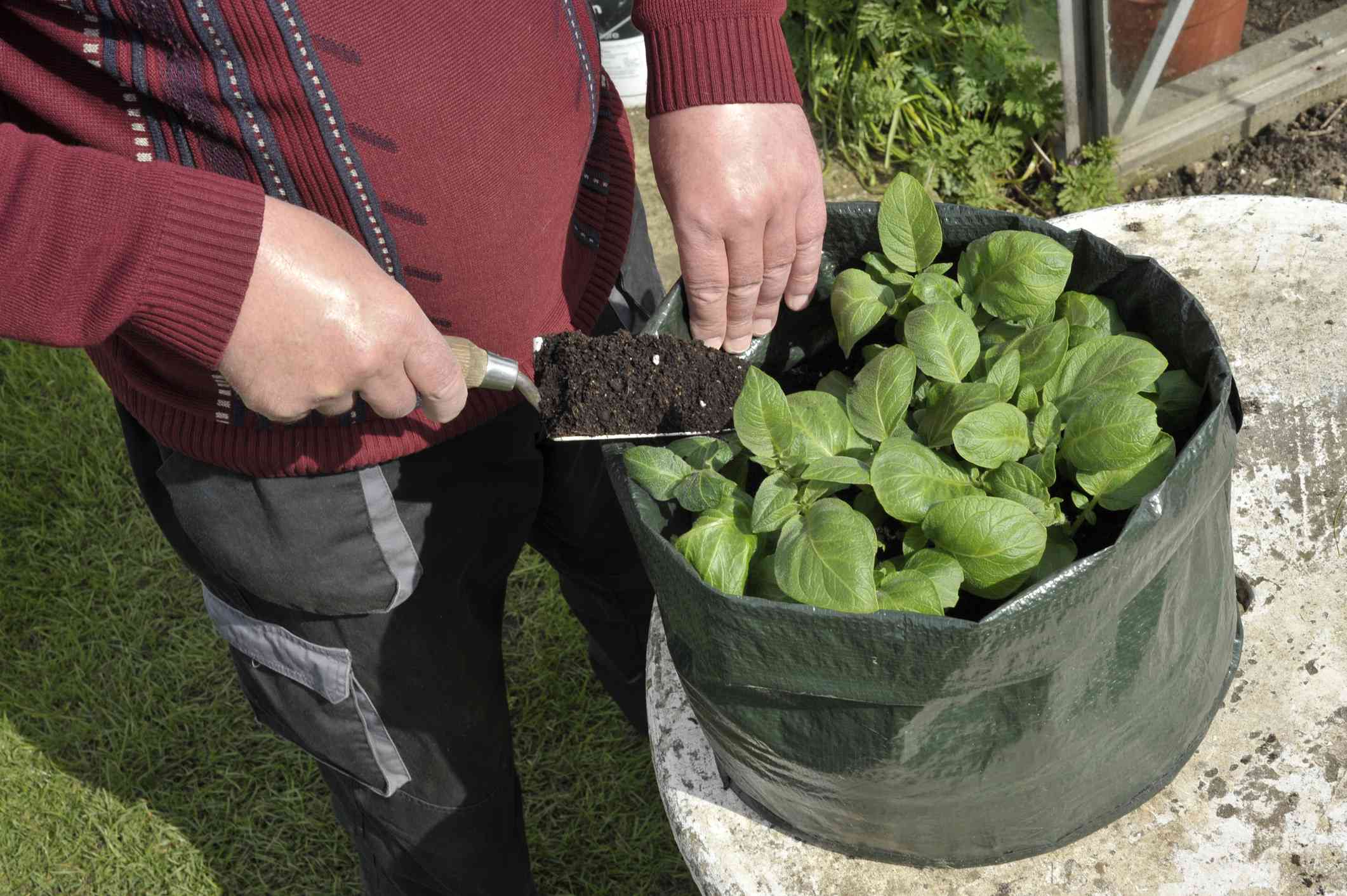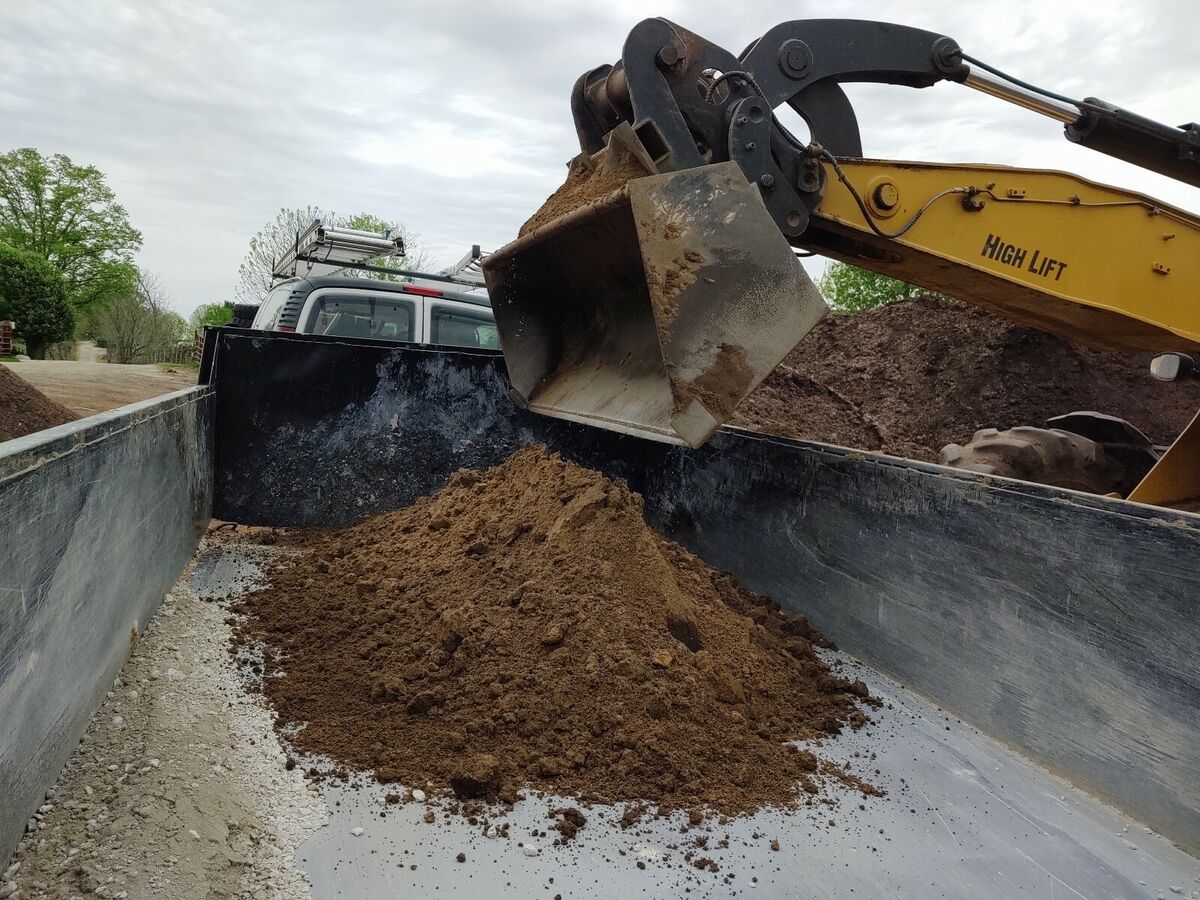Home>Gardening Basics>Understanding Soil>How Many Cubic Feet Are In A 40 Pound Bag Of Topsoil?


Understanding Soil
How Many Cubic Feet Are In A 40 Pound Bag Of Topsoil?
Published: November 23, 2023
Discover the easy way to calculate how many cubic feet are in a 40-pound bag of topsoil. Gain a deeper understanding of soil and its measurement.
(Many of the links in this article redirect to a specific reviewed product. Your purchase of these products through affiliate links helps to generate commission for Chicagolandgardening.com, at no extra cost. Learn more)
Table of Contents
Introduction
Welcome to the world of topsoil! Whether you are a gardener, landscaper, or just someone interested in learning about soil science, understanding the fundamentals of topsoil is essential. Topsoil plays a vital role in plant growth, providing nutrients, water retention, and a suitable environment for roots to thrive. With its diverse composition and intricate properties, topsoil is fascinating and complex.
In this article, we will explore the concept of topsoil in detail, focusing on its importance and characteristics. We will delve into the process of converting pounds to cubic feet—a crucial conversion to determine the quantity of topsoil needed for various landscaping projects. So, hold on tight as we embark on a journey to demystify the world beneath our feet.
Understanding topsoil is like peering into the secret ingredients of a successful garden or landscape. It is the uppermost layer of soil, typically spanning a depth of 2 to 8 inches. This layer is teeming with life, hosting a diverse range of organisms such as earthworms, bacteria, and fungi that play crucial roles in nutrient cycling and soil health.
Topsoil consists of a combination of organic matter, minerals, air, and water, making it a dynamic ecosystem. The organic matter comes from decomposed plants, animals, and microorganisms, enriching the soil with essential nutrients. Mineral particles, such as sand, silt, and clay, contribute to the textural properties of the soil, influencing its drainage and water-holding capacity.
One of the key aspects of understanding topsoil is gauging its quality. Highly fertile topsoil is rich in organic matter, allowing plants to thrive. On the other hand, poor-quality or depleted topsoil may require amendments or supplementing with additional nutrients.
Now that we have a basic understanding of topsoil, let’s move on to the next section where we will explore the conversion of pounds to cubic feet—a practical calculation that helps determine the quantity of topsoil needed for various landscaping endeavors.
Understanding Topsoil
Topsoil is the uppermost layer of soil, composed of a mixture of organic matter, minerals, air, and water. It is a critical component for plant growth and plays a vital role in the overall health of a garden or landscape.
Organic matter in topsoil is derived from decomposed plant and animal material, as well as microorganisms. This organic matter provides essential nutrients, retains moisture, and improves soil structure. It also acts as a refuge for beneficial organisms like earthworms and beneficial bacteria, which aid in nutrient cycling and improve soil fertility.
The mineral component of topsoil consists of different-sized particles: sand, silt, and clay. Sand particles are larger and tend to be well-drained, allowing water to pass through easily. Silt particles are smaller and provide good water retention. Clay particles are the smallest and have the highest water-holding capacity, but they can also lead to soil compaction and poor drainage if present in excessive amounts.
The proportions of sand, silt, and clay determine the soil’s texture, which affects its ability to retain water and support plant roots. A well-balanced texture, known as loam soil, is ideal for plant growth as it provides good drainage while retaining adequate moisture.
The pH level of topsoil is another important factor to consider. pH influences the availability of nutrients to plants. Most plants prefer a slightly acidic to neutral pH range (around 6 to 7), although there are exceptions. Testing the pH of your topsoil and making necessary adjustments can ensure optimal conditions for plant growth.
Topsoil depth can vary depending on the location and environmental conditions. In some areas, topsoil may be naturally deeper, while in others, it may have been eroded or disturbed over time. The depth of topsoil affects its ability to retain moisture, support root growth, and provide a suitable environment for soil organisms.
Proper maintenance of topsoil is crucial for sustaining healthy plants and a thriving garden. Adding organic matter, such as compost or well-rotted manure, on a regular basis can replenish nutrients and improve soil structure. Avoiding excessive tilling or compaction and practicing mulching can also help preserve the integrity of topsoil.
Now that we have a better understanding of topsoil and its components, let’s move on to the next section, where we will explore the conversion of pounds to cubic feet—an essential calculation for determining the quantity of topsoil needed for your landscaping projects.
Converting Pounds to Cubic Feet
When it comes to purchasing topsoil for your landscaping projects, knowing how to convert pounds to cubic feet is essential. This conversion allows you to determine the quantity of topsoil you will need to cover a specific area and achieve the desired depth.
To convert pounds to cubic feet, you need to consider the density of the topsoil. Density refers to the mass of a substance per unit volume, and it varies depending on the type and compaction of the soil.
To get started, you will need to know the density of the topsoil you are working with. The density can vary depending on the organic matter content, mineral composition, and moisture level. On average, topsoil has a density of approximately 75 pounds per cubic foot.
Once you have the density, you can use the following formula to convert pounds to cubic feet:
Cubic feet = Pounds / Density
Let’s say you have a 40-pound bag of topsoil and want to determine the cubic feet it represents. Using the average density of 75 pounds per cubic foot, you can calculate:
Cubic feet = 40 pounds / 75 pounds per cubic foot
By dividing 40 by 75, we find that a 40-pound bag of topsoil is equivalent to approximately 0.533 cubic feet.
It’s important to note that this calculation provides an estimate. Density can vary depending on factors like moisture content and compaction. Additionally, different types of topsoil may have different densities, so it’s always a good idea to check with your supplier or consult a soil expert for more accurate density information.
By knowing how to convert pounds to cubic feet, you can determine the amount of topsoil you need for your landscaping projects. Whether you’re planning a small garden bed or a large-scale landscape renovation, having this knowledge will help you make informed decisions and ensure you have the right amount of topsoil for your needs.
Now that we understand how to convert pounds to cubic feet let’s move on to the next section, where we will explore how to determine the density of topsoil.
Determining Density of Topsoil
When it comes to calculating the cubic feet of topsoil, it’s crucial to have an accurate understanding of its density. Determining the density of topsoil can help you make precise calculations for your landscaping projects.
Several methods can be used to determine the density of topsoil, each with its own level of accuracy and complexity. Here are a few common methods:
- Field Bulk Density Test: This method involves extracting a soil sample from the field, measuring its volume, and weighing it. The bulk density is then calculated by dividing the weight of the soil sample by its volume. Keep in mind that this method provides an estimate and may not be as precise as laboratory tests.
- Laboratory Analysis: For a more accurate determination of topsoil density, laboratory analysis can be performed. This method involves taking a soil sample, drying it to remove moisture, and weighing it. The volume is then determined by measuring the size of the container in which the soil sample is placed. Dividing the weight of the dry soil by its volume gives the density.
- Literature Values: If you don’t have access to laboratory equipment or prefer a quick estimation, you can refer to literature values for typical topsoil density. These values may vary depending on the region and soil composition, so it’s important to consider the source and relevance to your specific area.
It’s important to note that the density of topsoil can vary depending on factors such as organic matter content, mineral composition, and moisture level. Different types of topsoil may also have different densities. Therefore, it’s recommended to use the most accurate method available to you or consult with a soil expert to obtain the density specific to your topsoil.
By accurately determining the density of your topsoil, you’ll be able to make more precise calculations when determining how many cubic feet are in a specific weight of topsoil. This knowledge will ensure that you have the right amount of topsoil for your landscaping projects, allowing plants to thrive and your garden or landscape to flourish.
Now that we have explored how to determine the density of topsoil, let’s move on to the next section where we will calculate the cubic feet in a 40-pound bag of topsoil.
Calculating Cubic Feet in a 40 Pound Bag of Topsoil
Now that we understand the concepts of topsoil, its density, and the conversion of pounds to cubic feet, let’s put that knowledge into practice by calculating the cubic feet in a 40-pound bag of topsoil.
First, we need to know the density of the topsoil we are working with. As mentioned earlier, the density of topsoil can vary depending on factors such as organic matter content, mineral composition, and moisture level. For this calculation, let’s assume the density of our topsoil is an average of approximately 75 pounds per cubic foot.
Using the formula:
Cubic feet = Pounds / Density
We can plug in the values to calculate the cubic feet:
Cubic feet = 40 pounds / 75 pounds per cubic foot
Dividing 40 pounds by 75 pounds per cubic foot, we find that a 40-pound bag of topsoil is equivalent to approximately 0.533 cubic feet.
It’s important to note that this calculation provides an estimate based on the assumed average density. The actual density of your topsoil may vary, affecting the precise conversion. To obtain a more accurate calculation, it’s advisable to determine the density of your specific topsoil using one of the methods mentioned earlier.
With the cubic feet value in hand, you can now make informed decisions about how much topsoil you need for your landscaping projects. Whether you’re planning to fill a raised bed, amend a garden, or level out a lawn, this calculation allows you to determine the appropriate amount of topsoil required.
Keep in mind that different projects may require varying depths of topsoil, so be sure to consider the desired depth when making your calculations. Additionally, if you have irregularly shaped areas, you may need to divide the total cubic feet needed into smaller portions to cover the entire area effectively.
By accurately calculating the cubic feet in a bag of topsoil, you can save time, money, and effort by purchasing the right amount of topsoil for your specific needs. This ensures that your plants have adequate soil for healthy growth and your landscaping projects are successful.
Now that we have determined the cubic feet in a 40-pound bag of topsoil, let’s conclude our exploration of topsoil and its conversion calculations.
Conclusion
Understanding topsoil and its various aspects is essential for anyone involved in gardening, landscaping, or soil science. In this article, we have explored the significance of topsoil and its role in providing nutrients, supporting plant growth, and maintaining a healthy ecosystem.
We have also learned how to convert pounds to cubic feet, a practical calculation that helps determine the quantity of topsoil needed for different landscaping projects. By considering the density of the topsoil and using a simple formula, we can accurately estimate the cubic feet in a given weight of topsoil.
Determining the density of topsoil can be done through various methods, including field bulk density tests, laboratory analysis, or referring to literature values. By accurately determining the density, we can make more precise calculations when determining the amount of topsoil required for our specific needs.
Lastly, we calculated the cubic feet in a 40-pound bag of topsoil as an example. However, it is important to remember that the actual density of your topsoil may vary, so obtaining an accurate density measurement is recommended for more precise conversions.
By understanding the concepts discussed in this article and applying them to your gardening or landscaping projects, you can make informed decisions, ensure optimal soil conditions, and create thriving plant environments.
So, whether you’re preparing a new garden bed, revitalizing your yard, or embarking on a large-scale landscaping project, remember the importance of topsoil and the practical calculations you can use to determine the quantity needed.
Now armed with knowledge, go forth and create beautiful landscapes, nurture healthy plants, and enjoy the rewards of working with the fundamental element of topsoil.

